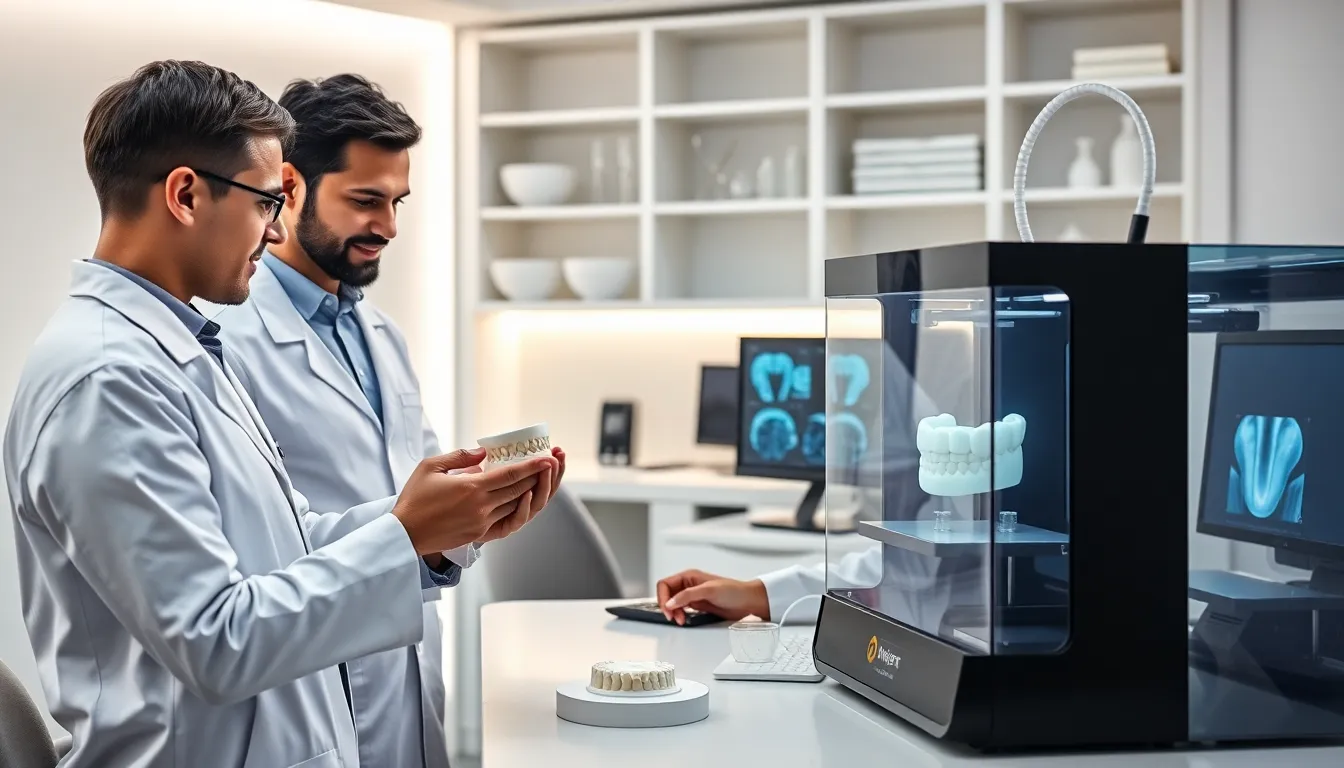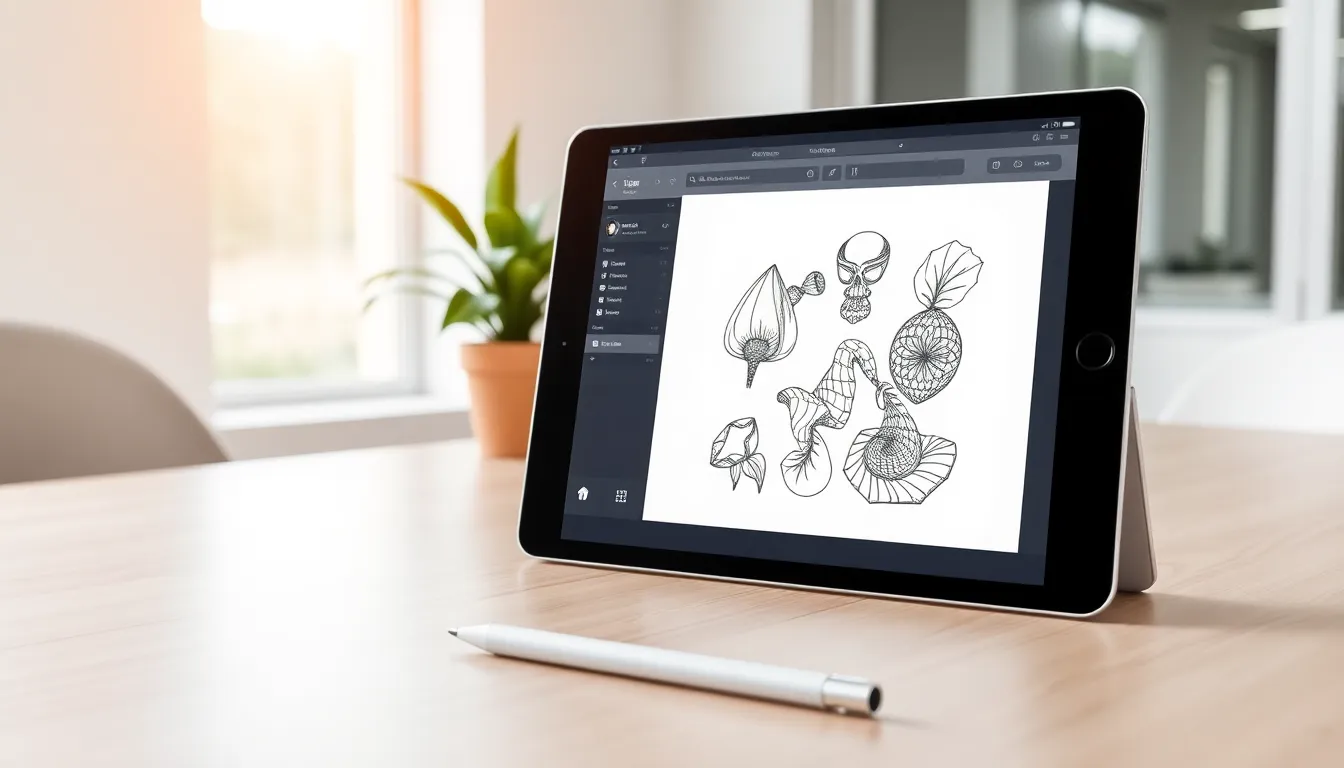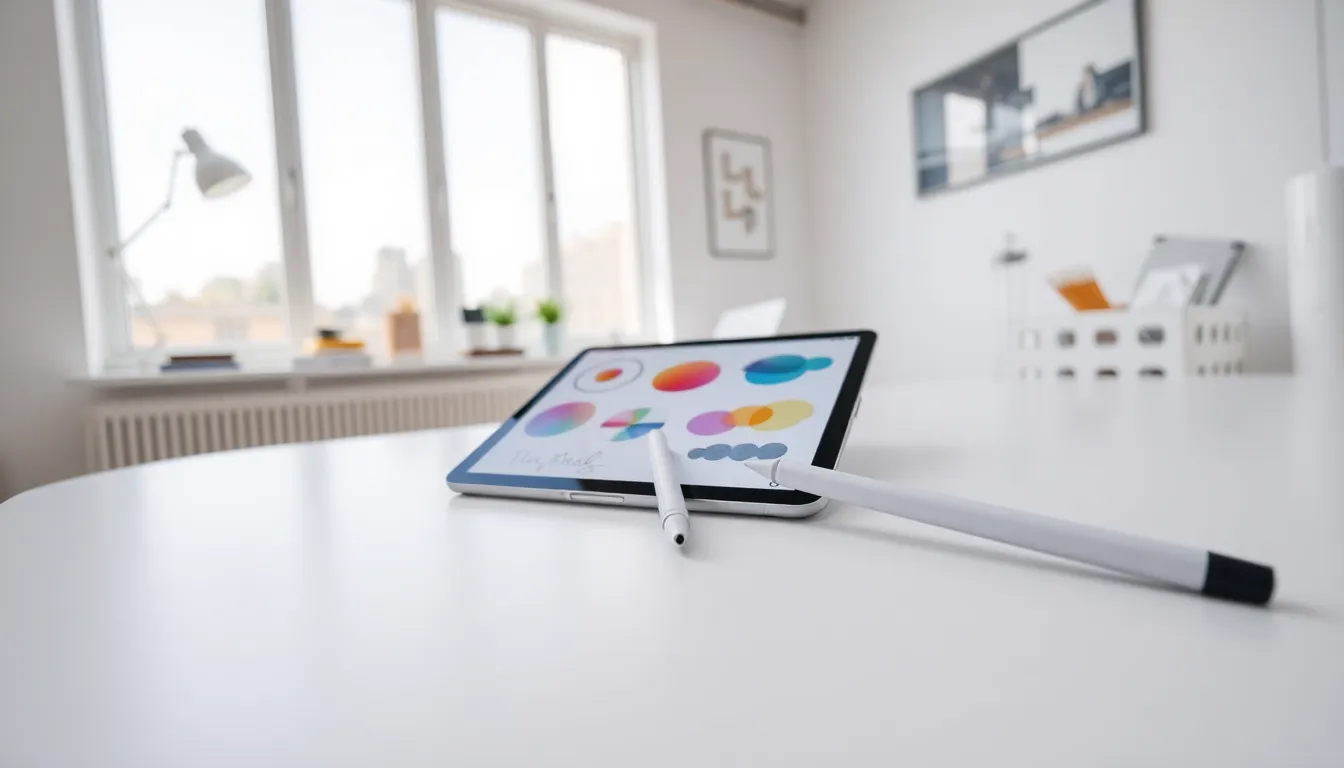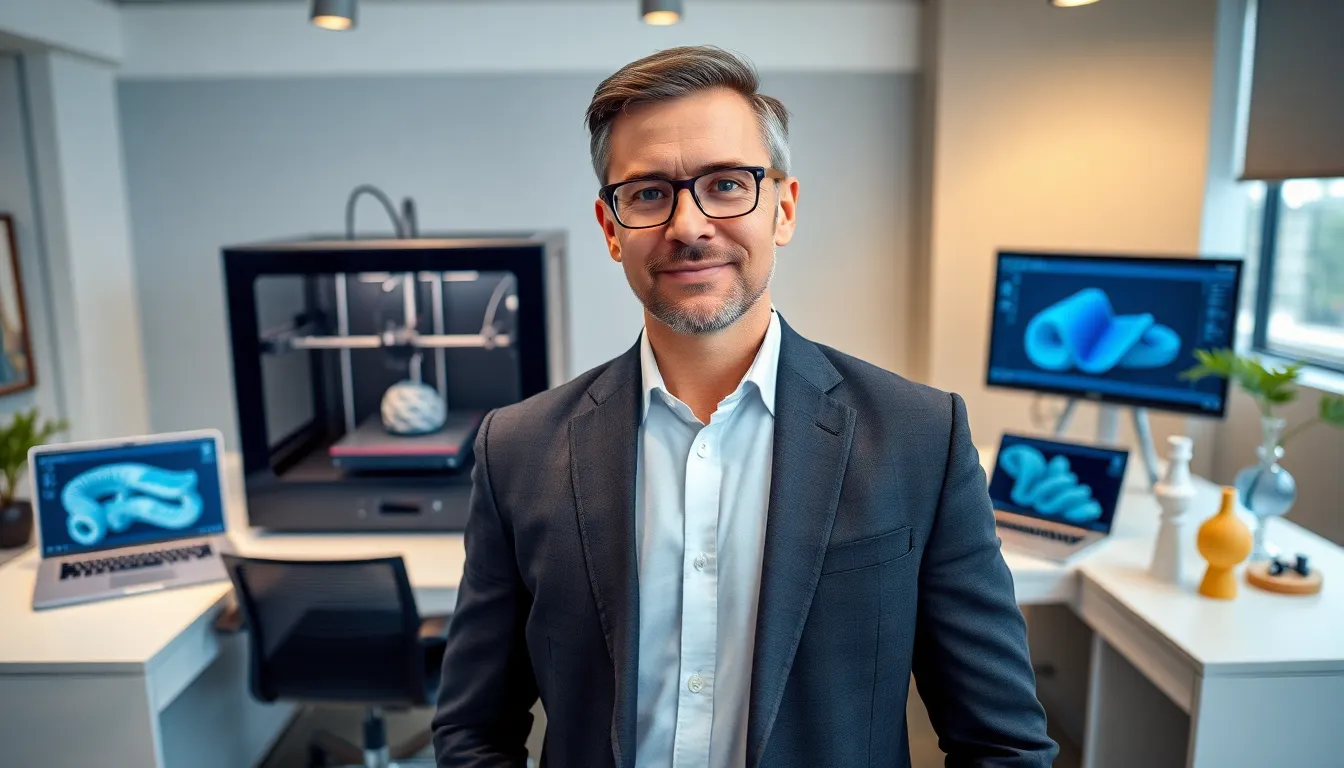When you think of 3D printing, you might envision futuristic gadgets or quirky home decor. But hold onto your toothbrush, because this technology is shaking up the world of dentistry in ways you’d never expect. Picture this: custom dental implants, precise aligners, and even crowns made right in the dentist’s office. It sounds like something out of a sci-fi movie, doesn’t it? Well, it’s not, it’s happening right now. Immerse as we explore how 3D printing is transforming oral health care from the ground up, or should we say, from the molars up.
Table of Contents
ToggleUnderstanding 3D Printing Technology

3D printing, also known as additive manufacturing, creates three-dimensional objects from a digital file. The process involves adding material layer by layer until a final product emerges. Imagine a sculptor chiseling away at a block of stone, only in this case, the printer uses materials like resin, ceramics, or even metals.
The precision of 3D printing allows for intricate designs that traditional methods simply cannot match. Dental professionals can produce highly detailed models of a patient’s mouth based on scans, giving them a tailored approach to treatment. Technology advances have made this process quicker and more cost-effective, paving the way for widespread adoption in dental practices.
Applications of 3D Printing in Dentistry
The applications of 3D printing in dentistry are as diverse as the dental health issues it aims to address. Here are a few key areas where this technology shines:
Custom Dental Implants
Handcrafted dental implants are great, but 3D printing elevates custom implants to a new level of personalization. By using a patient’s unique anatomy, dental professionals can create implants that fit seamlessly, reducing the need for adjustments during surgery.
Aligners and Braces
Gone are the days of uncomfortable, one-size-fits-all braces. With 3D printing, dental professionals can create customized aligners that fit snugly on each tooth. This improves comfort and effectiveness, enabling patients to achieve that perfect smile much faster.
Prosthetics and Crowns
Crowns and bridges that are printed in-house can drastically reduce turnaround times. Patients no longer need to wait weeks for a lab to create their prosthetics. Instead, they can walk out of their appointment with a new crown ready to go.
Benefits of 3D Printing in Dental Practices
The benefits of incorporating 3D printing into dental practices are enormous, impacting both providers and patients in positive ways:
Speed and Efficiency
Imagine getting your dental work done in record time. With the ability to design and produce items on-site, dental offices can offer quicker service, resulting in satisfied patients and a more efficient workflow.
Cost-Effectiveness
While the initial investment in 3D printers might make some dentists cringe, the long-term savings are impressive. Reduced labor costs and minimized material waste mean that practices can save money over time, allowing them to offer more competitive pricing for their services.
Enhanced Patient Experience
A visit to the dentist can be daunting for many. The personalized approach enabled by 3D printing not only improves outcomes but also helps patients feel more engaged in their treatment. Receiving customized care can transform an anxiety-inducing experience into a positive one.
Challenges and Limitations of 3D Printing in Dentistry
Even though its many advantages, 3D printing in dentistry does have some challenges that practitioners need to navigate:
Initial Costs
As mentioned earlier, purchasing a 3D printer involves a significant upfront cost. Many dental professionals may hesitate to make such an investment without a clear understanding of the return on investment.
Regulatory Hurdles
The dental industry is heavily regulated, and introducing new technologies comes with its own set of complications. Compliance with health standards and obtaining necessary approvals can slow down the integration of 3D printing in dental practices.
Learning Curve
Transitioning to new technology often requires additional training. Dentists and their staff must become proficient in operating 3D printers, which can take time and resources. This adjustment period can be daunting for some.
Future Trends in 3D Printing for Dentistry
The future of 3D printing in dentistry holds exciting possibilities. Here are some trends to keep an eye on:
Bioprinting
Imagine a world where living tissues could be printed and transplanted. Bioprinting could revolutionize tissue engineering, paving the way for advancements in regenerative medicine in dentistry.
Improved Materials
As technology progresses, we can expect to see a broader range of materials being developed for dental 3D printing. These materials would enhance the durability and aesthetic qualities of printed objects, broadening the scope of applications.
Integration with AI and AR
Integrating artificial intelligence and augmented reality into 3D printing workflows could further streamline processes. Enhanced imaging techniques may allow for even more personalized dental solutions, shaping the future landscape of dentistry.






